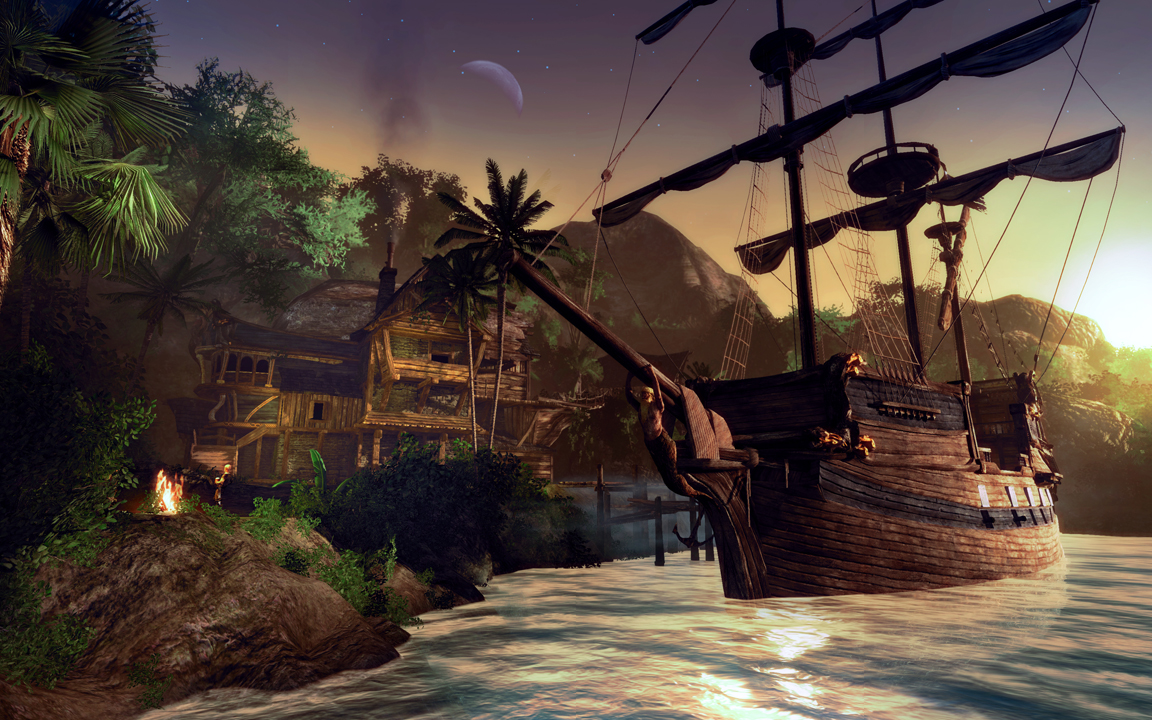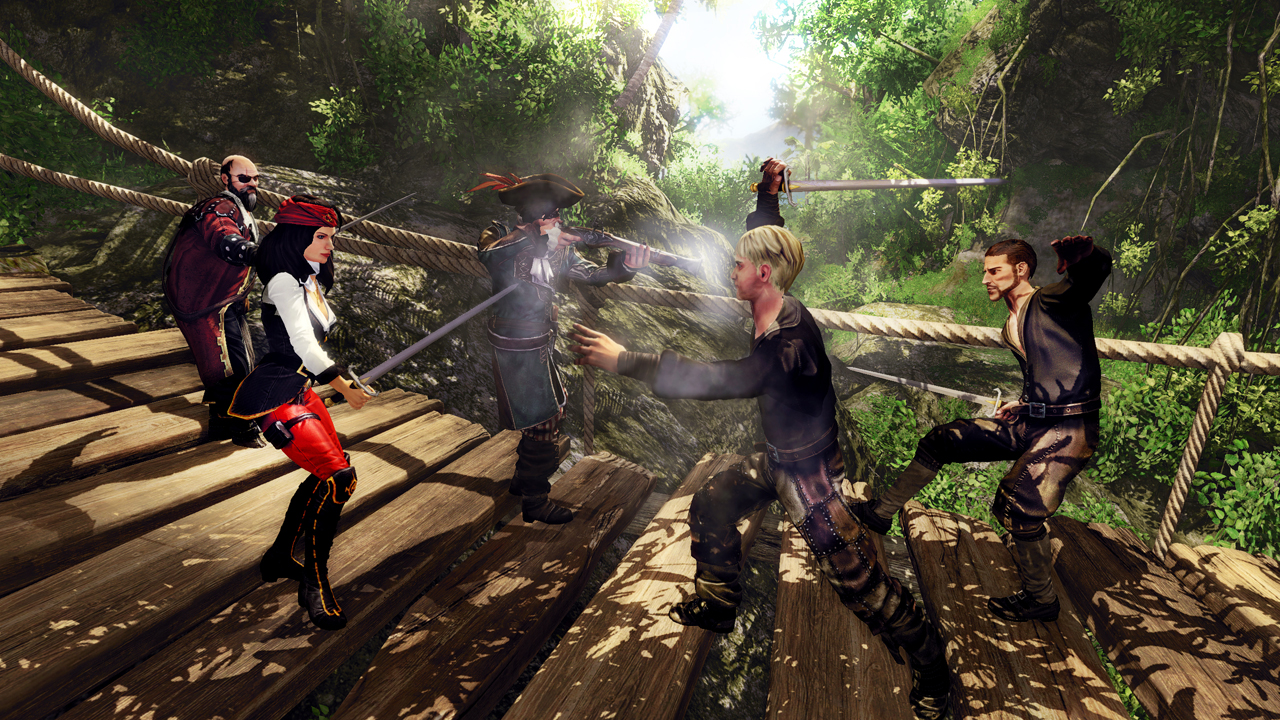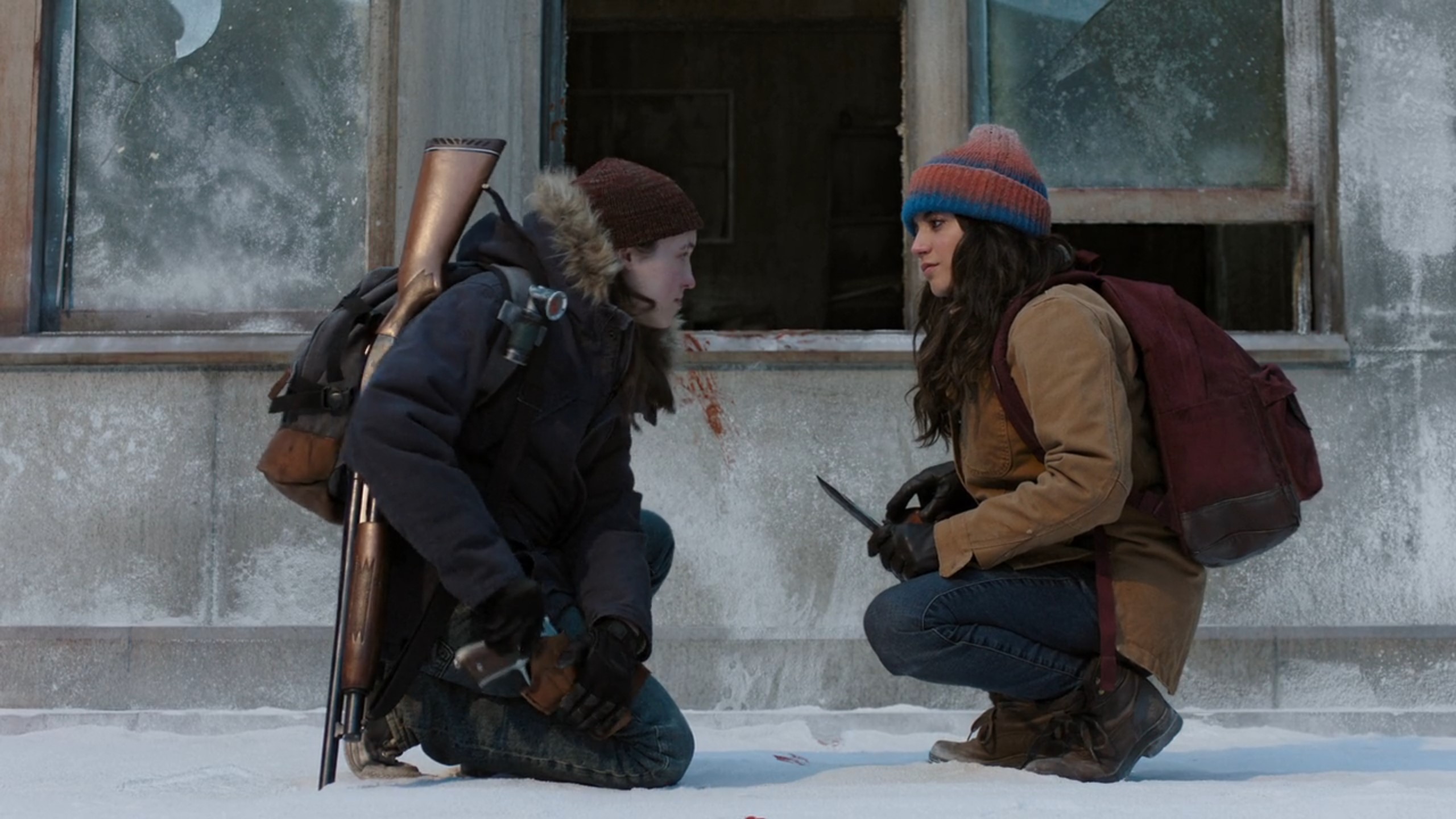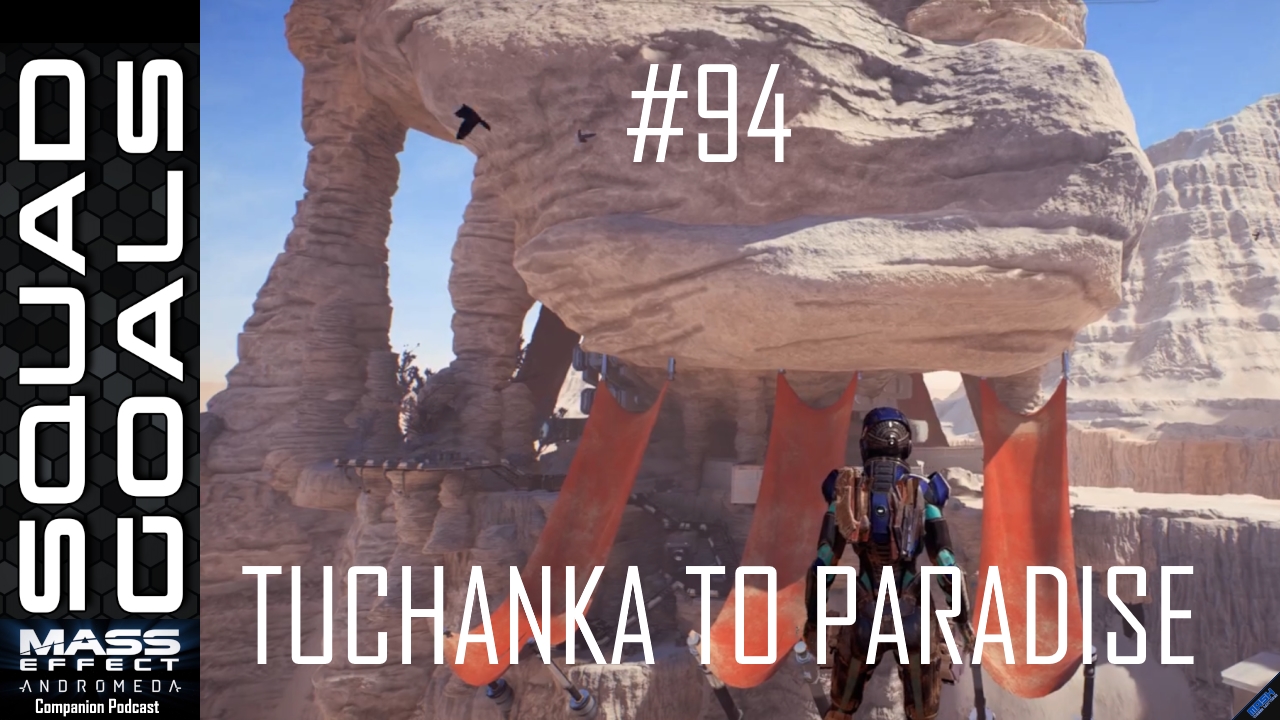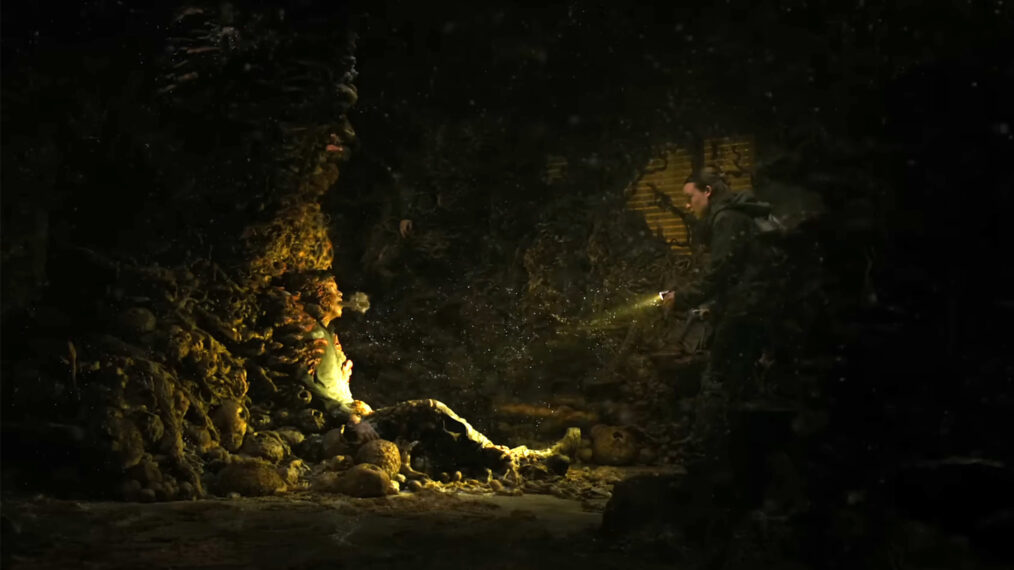Risen 2: Dark Waters couldn’t fulfill all of its potential promise but it certainly tried. The game picks up some time after the nameless hero’s simultaneous success and failure involving the Titans in Risen. This time, the Sea Titan Mara endangers the world and the hero finds himself wrapped up in the conflict to stop her. Risen 2 abandons the standard fantasy trappings of the original and serves as a unique foray into adventuring as a pirate—filling a niche not covered in other action RPGs. There’s no one fatal flaw that keeps the game from excellence; instead it’s simply a victim of problems piling up to chip away at things it gets right.
While previewing the game in March, it was impressive that Risen‘s pirate life motif lead to an enjoyable experience despite less than stellar combat. There were a lot of weapons and options for the hero to deal with threats, but the balance of combat was horrible regardless of whether the player was facing man or beast. For once, noticeable changes were made between the game’s preview build and its full release; changes that raise fighting up to a level of decency, though not anything more engaging than that.
Damage has been scaled better between the player’s character and opponents. Previously, damage taken often exceeded the amount dealt even in “normal” encounters. There was nothing quite like the unshakable feeling that my great hero was made of tissue paper and wielding a toothpick against every enemy; a feeling that, thankfully, is gone in the full game. It also no longer feels suicidal to venture out into the wild without a party member backing the hero up (it’s definitely smarter to bring one along though).
Sword fighting against humanoids still makes for more time-consuming encounters, but there were no longer cases of attacks slipping through a defense posture. Riposting and parrying have been improved since the preview as well and now give better opportunities to retaliate against opponents. The timing for when to counter with those two tactics is unforgiving though, so it’s crucial to pay close attention to enemy attack patterns. Damage and sword fighting didn’t receive the only adjustments in combat; firearms got an accuracy boost as well, making them even more useful.
There’s still no defense against monsters other than kicking them to gain space for an attack, leaving those battles to suffer from being an exercise in dealing as much damage as possible as relentlessly as possible. Having to deal with monsters that way come across as an unfortunate design choice given how tactically the game trains the player to think about fighting in general. Even the inclusion of a dodge roll mechanic would have sufficed to keep a consistent feel to combat.
Lack of consistency, in fact, sums up Risen 2’s disparate problems well. Despite being firmly entrenched as a pirate adventure, it appears the developer was unsure of just how serious the game should be. What results is a story and tone that vacillates wildly between trying too hard to be serious and total absurdity. The difficulty is understandable; the gravity of a hero fighting for the highest of stakes – the fate of the world – is at odds with the lighthearted treatment of pirates on the high seas. Even in the rare moments when the game does strike a sweet spot, it’s owed to well-written conversation rather than heavy-handed cut scenes.
Piranha Bytes gained recognition for the hardcore Gothic series and Risen, while more accessible, still has some of the same uncompromising attitude toward player guidance woven throughout. It’s important to pay attention to what NPCs tell the main character because there’s not much hand holding in quests. A quest log helps keep things organized and can show prior conversations relevant to individual quests since NPCs don’t usually repeat themselves. Quest markers can be placed on the map in the menu, but here again inconsistency shows up. The location of a mundane NPC in town that needs to be spoken to might not be marked, but a quest marker may show the location of every individual piece of cargo on different beaches for a side-quest. The lack of markers for things like legendary items scattered throughout the world make perfect sense – the hunt is part of the accomplishment – it’s the occasional missing marker that is baffling.
One of Risen 2‘s most interesting features is the open-ended mission structure. There are a variety of ways to resolve many quests encountered throughout the game. Depending on the choices a player makes during major plot points, the options available can change dramatically. The biggest of these choices is whether to side with the Shaganumbi tribe or the Inquisition in order to stop a pirate captain on the Sword Coast. Siding with one of the factions determines how soon the hero can get access to higher powered rifles and if he ever gains the ability to use voodoo. Having the power of voodoo opens up the possibility of controlling important secondary characters and, in effect, making them do the hero’s work for him. There’s little need to forge documents or sneak into a building when you can have a prominent politician just walk through the front door.
Even without voodoo there are a number of ways to complete a mission, a framework that presents the potential for unexpected outcomes. I never ran into a quest that I could totally break – a very good thing – but it appears even the developer didn’t anticipate and address the different ways a player might choose to approach a situation. More than a few times I completed part of a mission, only to discover it was out of the intended order. I had to go to unconventional ends just to progress the plot on a few occasions, and wound up with a few sub-quests that were once part of missions sitting alone, uncompleted in my log.
The advancement of the hero is also very open-ended, giving the player freedom to choose what attributes to raise and which skills to learn to personalize their character. The system works well, but has one sticking point: attribute points cannot be reset or redistributed. This is only a problem because of the aforementioned choice that decides the hero’s access to voodoo or muskets. That decision can potentially leave a player who, for instance, chose to distribute their attributes evenly with points wasted in an attribute they can’t use. Even in the course of completing most quests in the game and avoiding no fights it’s not possible to “max out” the hero’s attributes, meaning that points in a useless attribute really are gone for good.
The unevenness present through difference aspects of Risen 2 left me with a bittersweet feeling. The game is a definite improvement over the original Risen, but it isn’t on par with the great action RPGs that have come out recently. The pirate life is good, but with its nettlesome problems, an uninspired final boss, and a boring ending Risen 2 comes out to be a pretty average game. I enjoyed the game for what it was, but the series can do better than average, and for 50 dollars (60 on console) so can gamers.

